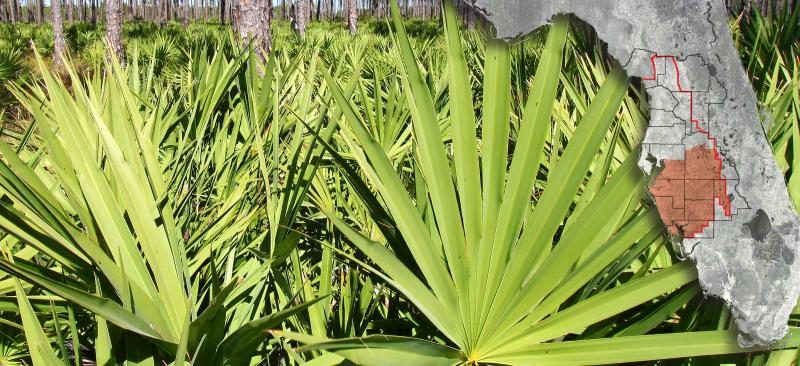A Water Use Caution Area, or WUCA, is an area where regional action is necessary to address cumulative water withdrawals which are causing or may cause adverse impacts to the water and related natural resources or the public interest. The District Governing Board designates WUCAs and establishes rules that enhance the protection and/or recovery of the water resources.
What
The Southern Water Use Caution Area (SWUCA) was designated in 1992 to address declines in aquifer levels due primarily to groundwater withdrawals. Drawdowns in aquifer levels in some areas exceeded 50 feet.
Where
The area encompasses approximately 5,100 square miles, including all of DeSoto, Hardee, Manatee and Sarasota counties, and parts of Charlotte, Highlands, Hillsborough and Polk counties.
Challenges
- Reduced flows in the upper Peace River
- Reduced lake levels in the Ridge Lakes area (extends roughly 90 miles along the center of the state in Polk and Highlands counties)
- Rate of saltwater intrusion into the Upper Floridan aquifer along the coast, especially in the Most Impacted Area (MIA), area of about 708 square miles located along the coast of southern Hillsborough, Manatee and northwestern Sarasota counties
The District has adopted minimum flows and levels (MFL) for 41 priority water bodies in the SWUCA. An MFL is the limit at which further withdrawals would be significantly harmful to the water resources or ecology. More than half of the established MFLs are not being met.
SWUCA Recovery Strategy

The District adopted the SWUCA Recovery Strategy in 2006 and is implementing the strategy over a 20-year period.
The four principal goals of the Recovery Strategy to achieve by 2025 include.
- Achieve minimum flows in the upper Peace River
- Achieve minimum lake levels in lakes along the Lake Wales Ridge
- Achieve the saltwater intrusion minimum aquifer level
- Ensure water supply needs are met for existing and projected reasonable and beneficial uses
The Recovery Strategy has six major elements:
- Development of a regional water supply plan
Regional water supply planning allows the District and its communities to strategize how to address growing water needs while minimizing impacts to the water resources and natural systems. - Use of existing rules
The District’s water use permitting rules provide the regulatory criteria to accomplish the majority of what is contemplated in the Recovery Strategy. - Enhancements to existing rules
The Recovery Strategy introduced the Net Benefit concept to provide additional flexibility in situations where existing rules, coupled with water supply planning and water resource development projects, are not adequate to achieve the Recovery Strategy goals. An additional strategy is to improve data collection for assessing per capita standards. - Provide financial incentives for conservation and development of alternative supplies
District funding sources include the Cooperative Funding and Water Supply and Resource Development initiatives. - Development and implementation of water resource development projects to aid in reestablishing minimum flows to rivers and enhance recharge
A project focus area is to increase the wet-weather storage in the upper Peace River watershed. - Resource monitoring, reporting and cumulative impact analysis
The Recovery Strategy includes the continuous monitoring of trends in resource conditions and permitted and actual water use. The cumulative impact analysis evaluates changes in permitted and used groundwater quantities and water resource development projects benefiting the Upper Floridan aquifer in and around the Most Impacted Area (MIA).
SWUCA Recovery Five-Year Assessment
The District assesses the progress of the SWUCA Recovery Strategy every five years. If five-year assessments do not indicate progress, the Governing Board may direct staff to revise the Recovery Strategy. To date, three five-year assessments have been completed.

